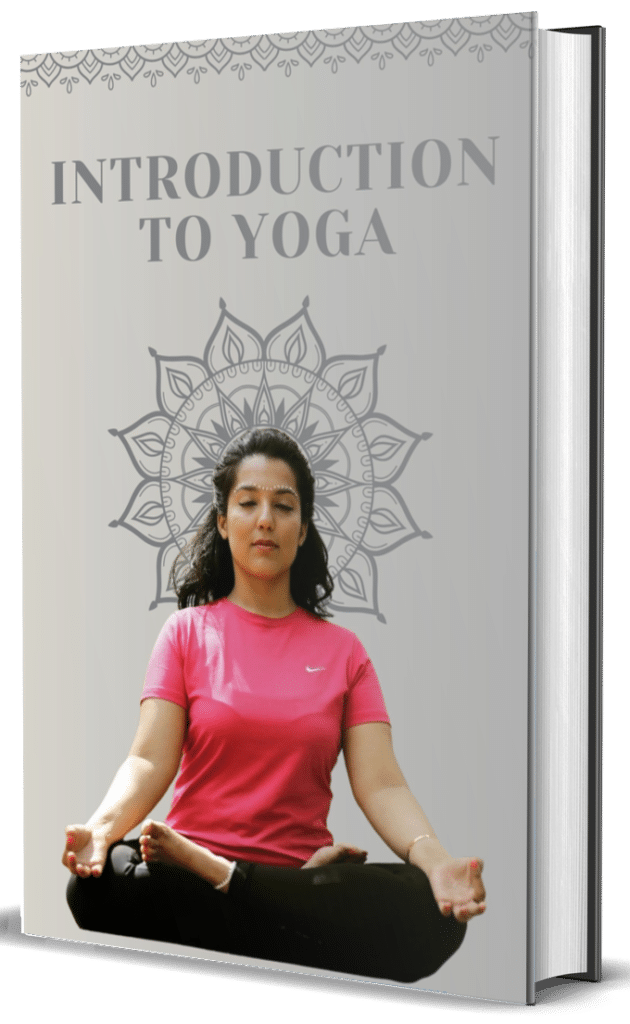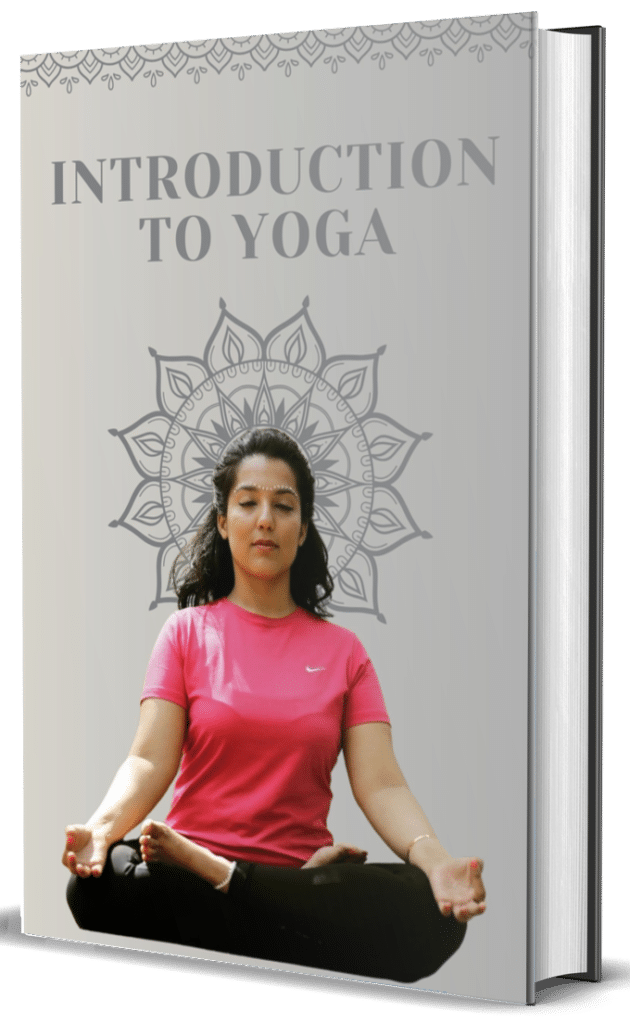Reverse Tabletop Pose, or Ardha Purvottanasana in Sanskrit, is an accessible backbend that strengthens the posterior chain while opening the front body. This position creates a table-like shape with the torso parallel to the floor but with the belly facing upward—the reverse of the traditional Tabletop Pose.
To practice Reverse Tabletop, begin seated with legs extended in front of you. Place your hands on the floor behind your hips with fingers pointing toward your feet. Bend your knees and place your feet flat on the floor hip-width apart. Press firmly through your hands and feet to lift your hips, creating a straight line from shoulders to knees. The head can either remain in a neutral position with the gaze toward the ceiling or drop back gently if the neck is flexible enough.
This pose effectively strengthens the arms, shoulders, wrists, glutes, and hamstrings while stretching the chest, hip flexors, and anterior deltoids. It’s particularly beneficial as a counterpose to forward bends and activities that promote rounded shoulders, such as computer work or cycling. The backbending action stimulates the thyroid gland and opens the respiratory system, potentially improving energy levels and breathing capacity.
For beginners or those with wrist sensitivity, modifications include keeping the hips lower or placing the hands on yoga blocks. The pose can be made more challenging by straightening the legs fully or lifting one leg at a time. Reverse Tabletop is commonly included in Vinyasa sequences as a transitional pose or used in Hatha practices to balance the effects of more intense poses.



